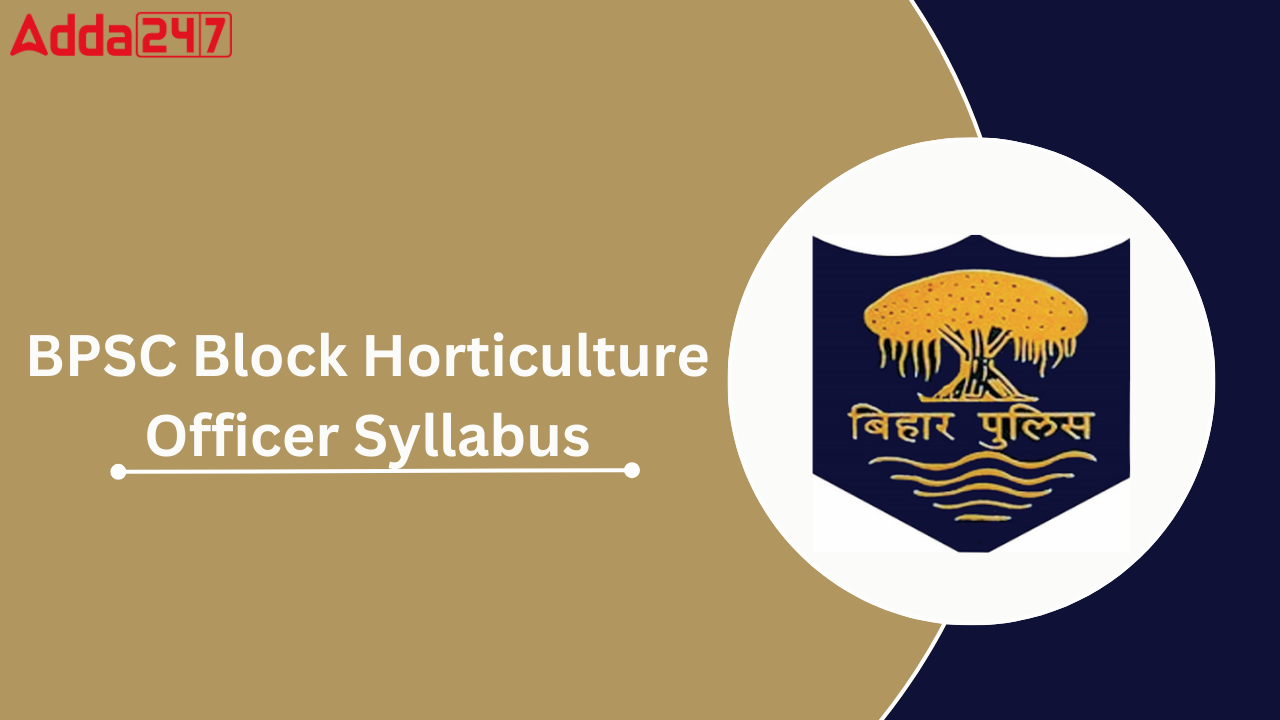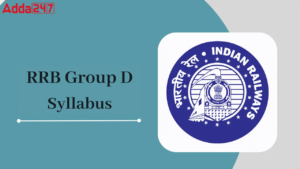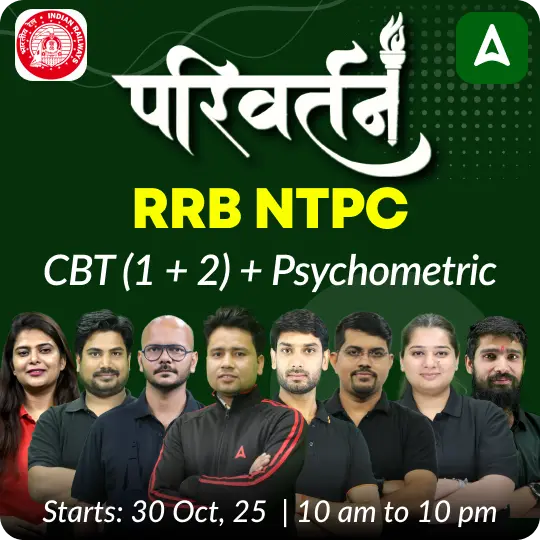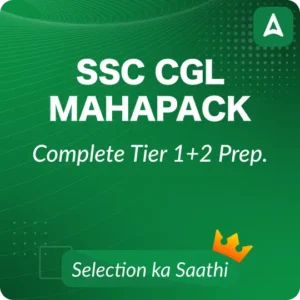Table of Contents
The Bihar Public Service Commission (BPSC) has officially released the Bihar BHO Syllabus 2024 alongside the BPSC BHO Notification 2024. The syllabus is a crucial resource for candidates, providing a structured plan for effective exam preparation. This article offers a detailed overview of the BPSC Horticulture Officer (BHO) Syllabus 2024 and the exam pattern. Understanding the syllabus and exam pattern is essential for developing a strategic study plan and ensuring you cover all necessary topics.
BPSC Block Horticulture Officer Syllabus 2024
The Bihar Public Service Commission (BPSC) has announced the Bihar Block Horticulture Officer (BHO) Syllabus and Exam Pattern as part of the Bihar BHO Notification 2024. With the application period now closed, candidates should begin preparing for the upcoming exam. The official examination date will be announced shortly. To assist with your preparation, we have provided a detailed overview of the BPSC Block Horticulture Officer Syllabus and Exam Pattern 2024 in the article below.
BPSC Block Horticulture Officer Selection Process 2024
The selection process for the BPSC Block Horticulture Officer 2024 consists of two stages: the Written Examination and the Interview. The overall selection is based on a total of 100 points, with the Written Examination accounting for 75 points and the Interview for 25 points. Detailed information on each stage of the Bihar Block Horticulture Officer Selection Process 2024 is provided below.
- Stage 1: Written Examination
- Stage 2: Interview
Bihar Horticulture Officer Exam Pattern 2024
Candidates who are going to appear for the written examination need to know that the exam will be held for 75 marks. There will be 4 papers each paper will be of 100 marks and overall 75% of marks will be calculated based on the written examination. The remaining 25% marks will be calculated based on the interview. For comprehensive details regarding the Bihar BHO Exam Pattern 2024, check the table provided below.
- The Bihar BHO Recruitment 2024 Written Examination includes two papers: Paper 1 and Paper II, both with a duration of 2 hours each.
- Paper 1 assesses candidates on General Hindi and General Knowledge, each section comprising 100 questions.
- Paper 2 evaluates candidates on subjects including Horticulture Science and Agriculture Science, with each subject containing 200 questions.
- Despite the subject, both papers adhere to a total duration of 2 hours each.
| No. of Paper | Subjects | No. of Questions | Marks | Duration |
|---|---|---|---|---|
| 1 | General Hindi | 100 | 100 | 2 hours |
| 1 | General Knowledge | 100 | 100 | 2 hours |
| 2 | Horticulture Science | 100 | 200 | 2 hours |
| 2 | Agriculture Science | 100 | 200 | 2 hours |
BPSC Block Horticulture Officer Syllabus
The BPSC Horticulture Officer Exam comprises four key topics:
- General Hindi
- General Knowledge
- Horticulture Science
- Agriculture Science
The exam structure is as follows:
- Paper 1: Covers General Hindi and General Knowledge
- Paper 2: Focuses on Horticulture Science
- Paper 3: Focuses on Agriculture Science
General Hindi
There are two major topics in the General Hindi section. We have discussed the topics below for Grammar and Comprehension.
| Section | Topics |
|---|---|
| Grammar | वर्णमाला और विराम चिन्ह (Alphabet and Punctuation), संज्ञा, सर्वनाम, विशेषण, क्रिया, कारक (Noun, Pronoun, Adjective, Verb, Case), क्रिया: परस्मैपदी, आत्मनेपदी (Transitive, Intransitive Verbs), वाक्य रचना (Sentence Structure), संधि और संधि-विच्छेद (Sandhi and Sandhi Vigyan), समास (Compound Words), शब्द-रूप और शब्द-भेद: नाम, क्रिया, विशेषण के रूप, योगवाची, द्वंद्व, बहुव्रीहि, समास |
| अर्थपरक शब्द संग्रह | समानार्थक शब्द (Synonyms), विलोम शब्द (Antonyms), पर्यायवाची शब्द (Paronyms) |
| विराम चिन्ह और अनुच्छेद रचना | विराम चिन्ह का प्रयोग, अनुच्छेद रचना (Paragraph Writing) |
| काव्य और गद्य | कविता रचना (Poetry Writing), गद्यांश (Prose) |
| मुहावरे और लोकोक्तियाँ | Idioms and Proverbs |
| हिन्दी भाषा का इतिहास | History of the Hindi Language |
| कृषि, वाणिज्य और उद्योग से संबंधित शब्दावली | Vocabulary related to Agriculture, Commerce, and Industry |
General Knowledge
There are two primary topics in this section- Current Affairs and Static GK. Static GK includes subjects like- History, Geography, Polity, Economics, and Science & Tech. Check the detailed syllabus for General Knowledge in the table below.
| Section | Topics |
|---|---|
| History | Ancient History of India, Modern History of India, Bihar-specific History, and Mediaeval History of India |
| Geography | Indian Geography, World Geography, Physical Geography, and Bihar Geography |
| Polity | Indian Constitution, Political System of Bihar, Governance in India, Panchayati Raj System |
| Current Affairs | National and International Events, Awards and Honours Books and Authors, Sports News, and Important Days |
| Economics | Indian Economy, Economic Policies, Agriculture and Rural Development, Budget and Economic Survey |
| General Awareness | Important Government Schemes, Census and Demographics, Social and Cultural Issues, and National and International Organisations |
| Science and Technology | Physics, Chemistry, Space and Defence Programmes, Biology, Scientific Inventions and Discoveries |
| Environment and Ecology | Environmental Issues, Biodiversity, Climate Change, Conservation Measures |
| Sports | Recent Sports Events, Awards in Sports, Sports Personalities |
| Art and Culture | Indian Art and Architecture, Cultural Heritage of Bihar, Folk and Classical Dances |
Agriculture Science
Agriculture Science is one of the most important and vast topics for this exam. Check the detailed bifurcation of the syllabus below.
| Section | Topics |
|---|---|
| Agronomy and Remote Sensing | Meaning and scope of Agronomy, National, and International Agriculture Research, Institutes of India, Agro-climatic zones of India and Bihar, Weather and Climate, microclimate, Formation and classification of clouds, basic weather forecasting, Dry land agriculture, Area, production and productivity of major crops in India and Bihar. Tillage, crop stand establishment, Planting geometry and its effect on growth and yields of cropping systems, harvesting, and Classification of crops. Concept of multiple cropping, multistoried, relay, and intercropping and their importance with food production. Basic elements of crop production, Factors affecting crop production. Irrigation, definition and objectives, water resources and irrigation development in India and Bihar, Soil plant water relationships. Definition, principles, and components of organic farming. Sustainable agriculture: Introduction, definition, goal and current concepts, factors affecting ecological balance and ameliorative measures; Land degradation and conservation of natural resources, Definition, principles and components of farming system. Application of Remote Sensing, GPS, and GIS techniques in agriculture, pedagogical and Edaphological concepts, Earth Crust, Compositions, and Weathering of rocks and minerals. |
| Soil Science, Genetics, Plant breeding, and plant pathology | Factors and process of soil formations, Type of Soil, Movement of Soil Water, etc. Soil health assessment techniques. Soil is a source of plant nutrients. Criteria of nutrient essentiality and their function, forms of nutrient in soil. Mechanism of nutrient transport to plants and factors affecting nutrient availability to plants. Acidic, calcareous, and salt-affected soils: their characteristics, nutrient availabilities and reclamation (Mechanical, chemical and biological methods). Fertilizer and insecticides and their effect on soil, Indian standards for water quality, use of saline water in agriculture, Different approaches of soil fertility evaluation. Indian History of Plant Breeding, Major objectives and achievements of plant breeding in India, Nature of Pollination of crops, parthenocarpy, etc. |
| Entomology & Beneficial Insects | Economics importance of insects, General morphology and anatomy of insects, classification of insects, Apiculture, vegetables, etc. Introduction, important plant pathogenic organisms, fungi, bacteria, fastidious vesicular bacteria, phytoplasmas, Spiro plasmas, viruses, viroids, algae, Protozoa, and phanerogamic parasites with examples of diseases caused by them. Prokaryotes: classification of prokaryotes according to Bergey’s Manual of Systematic Bacteriology. General characters, reproduction, and classification of fungi. |
| Public Finance and Economics | Public Finance-Meaning, Principle, Sources, Direct Tax, Indirect Tax, Nationalized and Commercial Banking System, Agricultural Credit, Agricultural Co-operative Structure and Function. Agricultural Marketing Definition, classification, marketable surplus & marketed surplus, Marketing Channel, Price-Spread, Market Structure. Agricultural Price Policy. FCI, SWC, CWC, APMC, State Trading, Production Economics – Classical Production Function. Relationships between output & input. Agri.Business Management, Product Life Cycle, Marketing mix, Capital Management, Balance Sheet, Project Loss Statement, and Project Life Cycle. |
| Horticulture | Definition and importance of horticulture, Classification of Horticulture, Area, and production of different fruit vegetables, and flower crops planting systems, etc. |
| Extension Education | Agricultural extension, its importance, Extension teaching methods, Etawah Pilot Project, Community Development Programme, Panchayati Raj System, High Yielding Variety Programme. National Demonstration Program. Krishi Vigyan Kendra, ATMA. Institutional Village Linkage Program (IVLP), IRDP, Demonstrations, Leadership, Attitude, Knowledge,. Skill, Training, Communication skills. Local leaders, Adoption and Diffusion. Innovations and their characteristics, Kisan Call Centers, Entrepreneurship in Agriculture, SWOT analysis. |
Horticulture Science
Like Agriculture Science, this section contains numerous topics. Check the table below for more details.
| Section | Topics |
|---|---|
| Pomology (Fruits) | Definition and importance of Fruits, status, and scope of fruit crops, classification for fruit crops based on climatic zones, different methods of propagation of fruit plants, site selection and layout of orchards, high-density planting, planting system, fencing and windbreak, use of rootstock, production technology of fruit crops like mango, litchi, banana, guava, etc. |
| Olericulture (Vegetables) | Definition and importance of vegetables, status and scope of vegetable production in Bihar and India, types of vegetables, gardening, classification of vegetables, nursery management, etc. |
| Floriculture (Flowers) | Definition and importance of flowers, status and scope of floriculture, production technology of flower crops like rose, tuberose, gladiolus, etc. |
| Spices of medical and aromatics | Importance and scope of spices and plantation crops, production technology of spices:- ginger, turmeric, coriander, cumin, fenugreek, fennel, nigella and omum (Ajwain), Scientific cultivation of plantation crop coconut, areca nut, betel vine, oil palm about climate, origin, soil propagation methods, botany, manurial requirements, variety, sowing/planting time, spacing, irrigation, weeding, harvesting and yield. Production technology of medicinal & aromatic plants :- 1. Medicinal crops: Diascoria, opium, periwinkle, aloe, guggul, belladonna, and aonla. 2. Aromatic crop: Lemon grass, citronella, palmarosa, Preparation of jams, jellies, marmalades, candies, crystalized and glazed fruits, chutneys, pickles, ketchup, sauce, puree, syrups, juices, squashes and cordials. |
Note: Some other topics like Post Harvest Management and Micro-irrigation are also included.

BPSC Block Horticulture Officer Syllabus PDF
Candidates preparing for the BPSC Block Horticulture Officer exam can download the BPSC Block Horticulture Officer Syllabus PDF to aid their study efforts. Printing the syllabus and placing it near your study area can help keep your preparation focused and organized. To download the BPSC Block Horticulture Officer Syllabus PDF, click on the link below.
BPSC Block Horticulture Officer Syllabus PDF



 NABARD Grade A Syllabus and Exam Pattern...
NABARD Grade A Syllabus and Exam Pattern...
 ECGC PO Syllabus 2025, Topic Wise Syllab...
ECGC PO Syllabus 2025, Topic Wise Syllab...
 RRB Group D Syllabus 2025, CBT Exam Patt...
RRB Group D Syllabus 2025, CBT Exam Patt...









